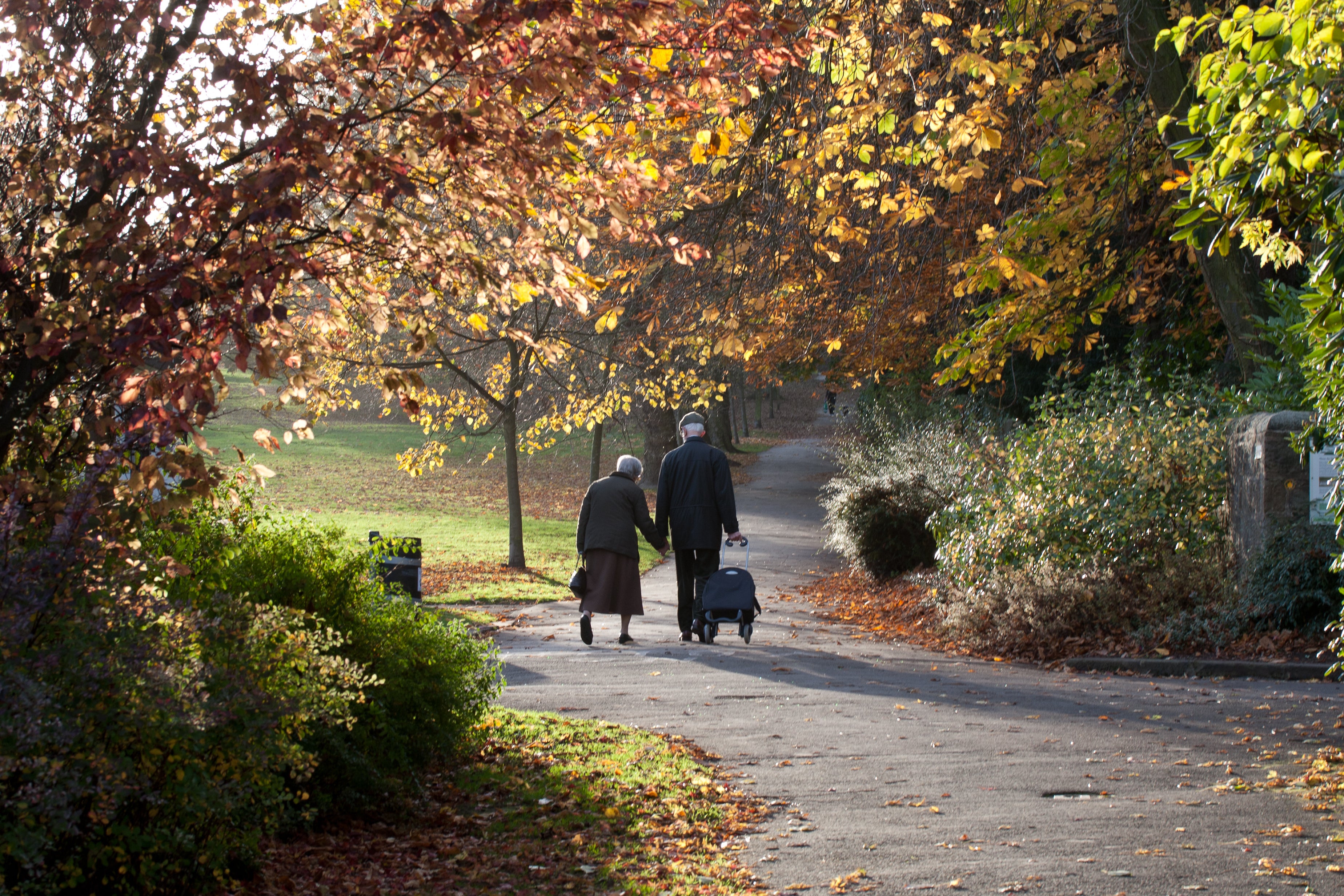The Independent's journalism is supported by our readers. When you purchase through links on our site, we may earn commission.
Something strange is happening to the British autumn…
There’s a reason why the leaves are still so green, writes nature expert Matt Gaw – and chaotic weather is to blame for stressing out our trees and the alarming new era of ‘compressed autumn’


Ah, autumn! A season of transformation, of softness and beauty; a time when the shortening days are brightened and coloured in with a vivid palette of gold and red leaves. Although this year many of the UK’s trees appear to still be stubbornly clinging to their greenery, leading some to suggest we’re experiencing a “compressed autumn”.
Autumn can be hard to pin down. Some set their stall by astronomical autumn, a date defined by the slant of the Earth’s axis and its orbit around the sun.
According to these calculations, autumn 2024 stretches between the solstices of 21 September and December 2024. The meteorologists will tell you something different. In an attempt to make observations and forecasts easier, their seasons are aligned with the Georgian calendar. Autumn, they say, starts precisely in September and finishes at the end of November. But, for many, autumn’s arrival is a bit more, well… experiential.
Autumn is a feeling. It is something that is glimpsed in the honey tones of the afternoon light, that is felt on the cool skin of a conker in the hand or that drifts up into the crisp blue sky with your own smoking breath. Perhaps autumn is only really there when we see the trees transform from a fading green to daytime fireworks of hot reds and yellows.
Certainly, the turning of the leaves, caused when the chlorophyll in them declines and the explosion of amber, red and yellow colours of flavonoids, carotenoids and anthocyanins that follow, is one of the most welcome and awaited signs that autumn is upon us.
Which is why, as we reach the official second month of autumn and many of the trees in the UK remain resolutely green, questions have been asked. Pamela Smith, senior national consultant for gardens and parklands at the National Trust, says the reason is simple: it is a case of “nature being chaotic again”.
She adds, “I always say it’s going to be autumn, it will happen, but we’re not sure to what extent.”
Smith, who lives just south of Birmingham, says she has noticed species like lime, usually one of the first trees to turn (their leaves take on a beautiful polka dot yellow) hadn’t yet slipped into autumnal garb. She suggests it’s possible that trees, which are “making the most of the water in the ground to make as much sugars and food in the leaf as possible” could then end up all changing at around the same time when the temperature starts to drop.
“I describe it as a compressed autumn,” Smith says. “That is, we may get all the colours, but it might be over a shorter period of time.”
Hopes for a dazzling display, an explosion of colour, ultimately rest on the weather and leaves not being pulled down by hard frosts or high winds.

“We’ve seen a real mixed bag of conditions so far this year – particularly the soggy start, but if we see a gradual drop in temperature along with more settled weather, we could expect to see a drawn-out display. However, if we get sharp, hard, frosts or see further wet weather with storms, heavy rain and wind roll across the UK, that may cut any extended show short.”
Marcus Chilton-Jones, curator at Royal Horticultural Society’s Garden Bridgewater, says he is keeping his fingers “firmly crossed”. He adds: “A combination of sunnier days and falling night-time temperatures are likely to increase the vibrancy of autumn colours this year. As long as high winds don’t prematurely strip the trees bare, we could still get a spectacular show.”
While a cooler-than-average summer and higher-than-average rainfall have helped trees hold onto their green leaves for longer, other autumnal activities have been hit by the wet spring and early summer we’ve all experienced in the UK.
Kent-based winemaker Gusbourne have delayed their harvest to later in the month due to a “challenging growing season” and farmers have also reported a tough harvest after a year of heavy rain and limited sun.

The trees too, could ultimately be victims of their own success; crowns that are still at “full sail” in late autumn are much more vulnerable to strong winds. Furthermore, the wetness of the ground could also mean trees are more likely to be uprooted, which, while natural and healthy in woodlands, can be problematic in gardens, parks and streets. The constant alternation between extreme waterlogging and drought in the soil is also known to stress trees, impacting on both their foliage and their rooting environment.
Perhaps then we need to accept that unpredictability is the true beauty of autumn and its display. By searching for autumn colour, whether it is the russet of oak, the scarlet of maples or the ruddiness of the hawthorn in gardens and hedgerows, we remind ourselves not only of the season but how the world is complex and interconnected.
In noticing the colour of a leaf, we notice weather, its patterns and how even in the modern world we are anchored to its wildness and wonder. It’s hard to think of anything more mellow and fruitful.
Matt Gaw is the author of ‘In All Weathers: A Journey Through Rain, Fog, Wind, Ice and Everything In Between’ out now





Join our commenting forum
Join thought-provoking conversations, follow other Independent readers and see their replies
Comments